Every few years, organizations like Siena College and C-SPAN ask historians, political scientists, and presidential biographers to rank the best U.S. presidents. The results invariably spark debate among academics and the public alike, and the whole exercise has become an amusing, if somewhat cynical, pastime.
Most Americans are only most interested in who tops the list, a discussion often dominated by the perennial question: Was George Washington or Abraham Lincoln the better president? Scholars, however, are often more fascinated by the figures who, after years of re-evaluation, begin to shake up the rankings. Some presidents, like Ulysses S. Grant, have seen their reputations rise over time. Others, such as Andrew Jackson, have experienced a steady decline in esteem. This ongoing reassessment fuels a steady industry of historians advocating for their chosen president to have their legacy revisited and judged anew.
Lindsay M. Chervinsky’s pick? John Adams.
In Making the Presidency: John Adams and the Precedents That Forged the Republic, she offers a compelling exploration of the rise and tumultuous tenure of the Adams administration, a period often overshadowed by Washington’s legacy and Jefferson’s ascension to power. But Chervinsky—a presidential historian and the executive director of the George Washington Presidential Library—does more in the book than simply recall the often overlooked years of 1791-1801. Instead, she argues convincingly that, far from being a mere footnote in the history of the office, it was John Adams who faced the true test of establishing enduring precedents for the nation’s highest role.
It was a feat that Chervinsky chronicles as anything but easy. Unlike Washington, who enjoyed near-universal reverence and unchallenged authority, Adams inherited a presidency fraught with deepening political divisions and growing public skepticism. As Chervinsky puts it, the second president would have to “withstand cabinet schemes fomented by department secretaries to increase their authority at the expense of the president, and to combat European countries’ efforts to exploit the United States’s weaknesses for their own imperial aims.” In many ways, the second president—whether Adams or anyone else—was set up to fail from the outset.
The greatest challenge Adams faced during his presidency was the looming threat of war with Revolutionary France, in what became known as the Quasi-War. This undeclared conflict arose when France began seizing American ships throughout the Caribbean in retaliation for U.S. neutrality in the war between France and Britain. The crisis over how to respond sharply defined the emerging party lines of the early American political system. While Federalists pushed for a strong response to French aggression and closer ties with Britain, the Jeffersonian Republicans—seeing the French Revolution as an extension of their own struggle for liberty—favored diplomacy with France.
Much to the frustration of his fellow Federalists, Adams made peace his priority. Deeply suspicious of the motives driving European powers to make alliances with the young nation, Adams saw them as cynical actors who viewed the United States as little more than a pawn to be manipulated. Following the precedent set by Washington, he argued that America should avoid war and steer clear of entangling alliances with European nations whenever possible. Yet, as Chervinsky aptly observes, “His positions should not be confused with isolationism, because Adams was also a fervent supporter of intellectual, financial, and diplomatic engagement on the world stage.”
Maintaining peace, however, proved difficult. In 1797, Adams sent diplomats to France, only for them to encounter demands for bribes in the “XYZ Affair,” which outraged the American public and intensified calls for war. Despite this pressure and the ongoing criticisms he faced from Federalists in public and private, Adams continued to pursue diplomacy. In 1799, he sent a second peace commission to negotiate directly with the new French leader, Napoleon Bonaparte, who was preoccupied with other wars in Europe and more inclined toward peace. This led to the Convention of 1800, which officially restored peace between the two nations. Reflecting on this success in 1815, Adams quipped to Massachusetts Sen. James Lloyd,
I reflect upon them with So much satisfaction that I desire No other Inscription on my Grave Stone than “Here lies John Adams who took upon himself the Responsability of the Peace with France in the Year 1800.”
Foreign conflict was only one of his concerns. At home, Adams grappled with a hostile press, intensifying political polarization, rising xenophobia, domestic unrest, recurring yellow fever epidemics, and a near-treasonous vice-president. A particularly dramatic moment unfolded in May 1798. After attending a morning church service, Adams returned to the president’s residence in Philadelphia to find a mob gathered outside, sporting tricolor cockades in support of revolutionary France. Alarmed, he immediately sent word to the War Department for reinforcements while his servants, fearing the worst, began barricading the house. The situation grew even more perilous when a second group arrived, this time bearing the black cockades of the Federalists. Thankfully, the militia arrived just in time to defuse the standoff, though many feared the city would be ablaze by morning. Thanks to Chervinsky's engaging prose of events like these, Making the Presidency certainly makes for a compelling and captivating read.
Meanwhile, factionalism within his own party continued to plague Adams. Alexander Hamilton in particular had long sought to undermine his leadership. Before Adams took office, Hamilton had encouraged Federalists to support Thomas Pinckney in the 1796 election, while exerting influence over key members of Adams’ cabinet. As tensions escalated, the former treasury secretary launched more direct attacks, culminating in a public condemnation of the president’s leadership in the infamous Letter Concerning the Public Conduct and Character of John Adams ahead of the 1800 election. Hamilton accused Adams of being “often liable to paroxysms of anger, which deprive him of self command,” guilty of a “vanity without bounds,” and ultimately responsible for “serious errors” as president.
Despite Adams’ reputation for being difficult, stubborn, and overly sensitive to criticism, Chervinsky uncovers the complexity of his character, emphasizing his genuine desire to serve his country and his efforts to rise above partisan politics whenever possible. As Benjamin Franklin once remarked, “I am persuaded ... that he means well for his country, is always an honest man, often a wise one, but sometimes and in some things absolutely out of his senses.”
This captures the contradictions of Adams’ leadership—principled and deeply committed, yet at times erratic. Following suit, Chervinsky depicts him as a leader humbled by the weight of the presidency, yet fiercely determined to make his mark on the young republic. With extensive experience in Congress and international diplomacy, as well as eight years as vice president, Adams proved to be the right man for the daunting task of succeeding Washington. The first president’s efforts to establish norms, traditions, and precedents would have amounted to little had Adams not successfully met the challenge of maintaining them.
This is not to suggest that Adams was without fault. Chervinsky makes it clear he made his share of mistakes, but perhaps none were more damaging to his legacy than the Alien and Sedition Acts of 1798. Chervinsky observes that the Federalists viewed these drastic measures as essential to counter the threats from France and domestic Republican opposition. Designed to suppress dissent and curb foreign influence, the Acts were seen as a necessary response to the looming prospect of war with France. While Adams did not draft the legislation, he signed it into law, including the Sedition Act, which effectively made government criticism illegal. Although Adams would later regret this decision, Chervinsky notes that at the time, “Adams had long feared that the republic would be short-lived, and he refused to oversee its collapse.”
If these themes—debates over foreign involvement and friendships torn apart by politics—sound familiar, it’s because they are. As Chervinsky’s narrative highlights, while the specific challenges facing the United States may have evolved, the broader patterns remain strikingly consistent, and the lessons from John Adams and his times are enduringly relevant.
No lesson remains more relevant for Chervinsky than the outcome of the 1800 election. Despite Adams and Jefferson having been close allies since the Second Continental Congress of 1775, their friendship had become increasingly strained by the time Adams assumed the presidency. It finally fractured during the 1800 campaign, when Federalists accused Jefferson of being a Francophile atheist while Jefferson’s supporters depicted Adams as a covert monarchist. The election ended in an unprecedented Electoral College tie between Jefferson and Aaron Burr, with 73 votes apiece (Adams trailed with 65.) The tie threw the decision to the House of Representatives where, after 36 rounds of voting and significant political maneuvering, Jefferson finally won.
Even in defeat, Adams exemplified sound leadership by ensuring a peaceful transfer of power—making it a cornerstone of the American republic. Thanks to Adams, today, we take such transfers for granted, seeing elections as routine contests between two parties vying for a largely stable electorate. But in times of media distrust, economic volatility, and global uncertainty, the stakes are higher, and the example of Adams, according to Chervinsky, feels more urgent.
For Chervinsky, exploring the peaceful transition of power in 1800 undeniably echoes the dark events of January 6, 2021. Both Adams and Donald Trump faced contested elections, yet where the former respected democratic norms, the latter undermined them. Some readers might find the comparison somewhat overstretched, yet the larger point isn’t merely about Adams “giving up power” (as if he could have realistically held onto it). Rather, it’s about the dignity—albeit muted by appointing his Federalist allied “midnight judges” and his refusal to attend Jefferson’s inauguration—with which he accepted his defeat. Adams ensured the continuity of the republic by stepping aside for a political rival he once admired but now passionately disagreed with.
After January 6, “Americans were reminded of the preciousness and fragility of republics,” Chervinsky writes, confessing that she, like many Americans, had taken a peaceful transfer of power for granted. Adams never did.

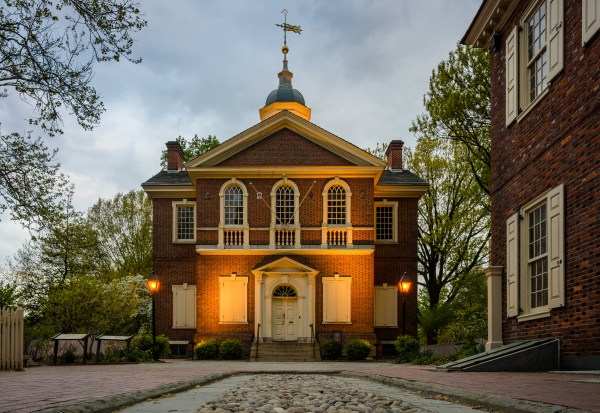
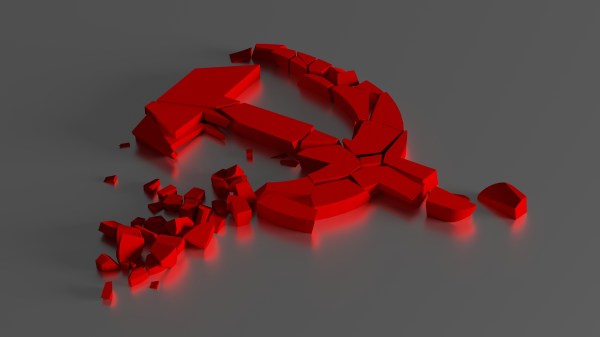
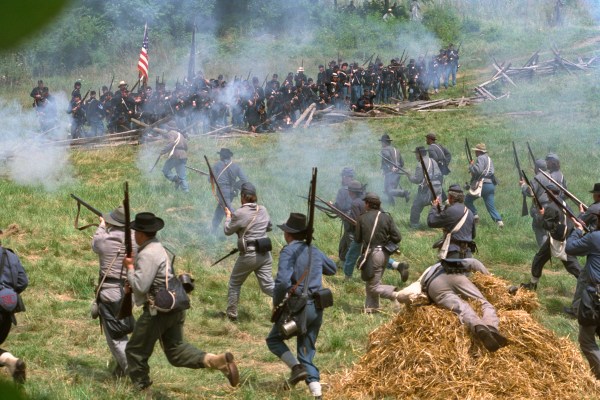
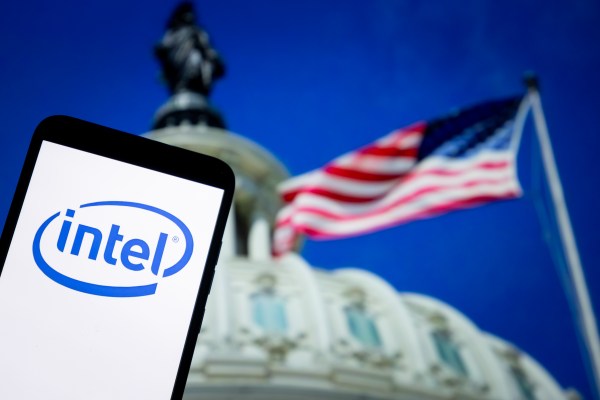
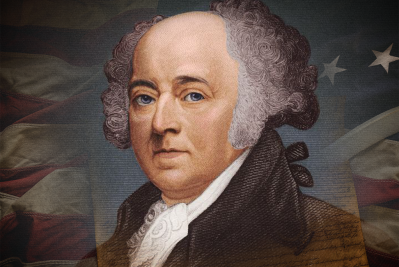
Please note that we at The Dispatch hold ourselves, our work, and our commenters to a higher standard than other places on the internet. We welcome comments that foster genuine debate or discussion—including comments critical of us or our work—but responses that include ad hominem attacks on fellow Dispatch members or are intended to stoke fear and anger may be moderated.
With your membership, you only have the ability to comment on The Morning Dispatch articles. Consider upgrading to join the conversation everywhere.